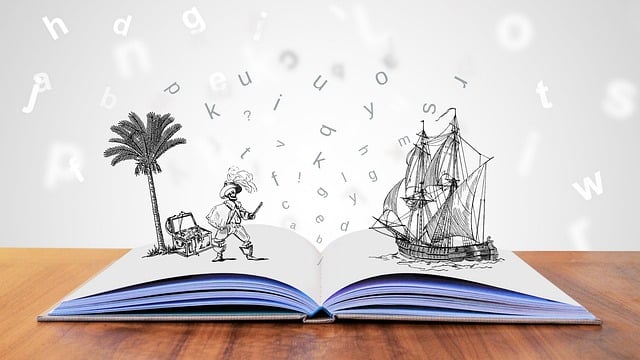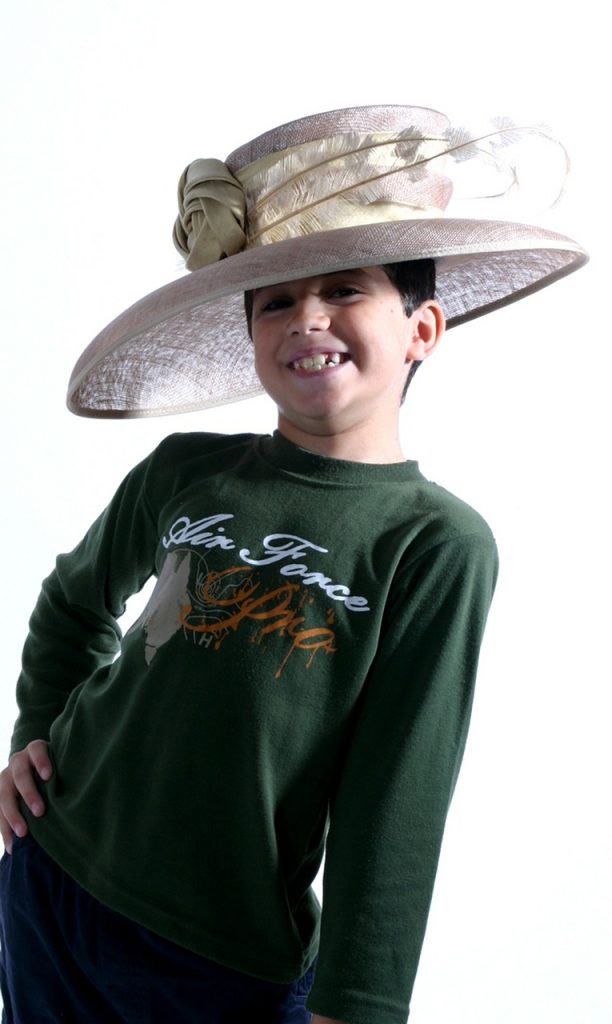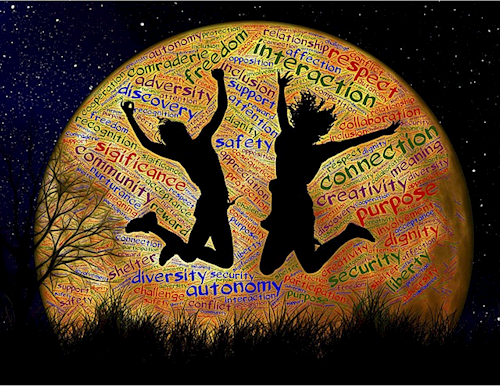Last Updated on November 3, 2023 by TrayKay
(This post contains affiliate links.)
Let me tell you something…history can be an extremely boring subject. Especially if you use curriculum that consists of one big, fat, 500 page textbook that has to cover the history of the entire WORLD in one year. So basically all you’re getting is every single fact, figure, and historical date that can be squeezed into the school year and all the interesting parts of history are left out.
That’s why I said history can be a boring subject. Anyone who says that history can never be interesting is lying because, think about it. History is every kind of story we like to read rolled up into one. We have myths and legends which are sort of like the fantasy and sci-fi genres. We have battles and quests which are like the action and adventure type stories. And then we have romance and intrigue and betrayal which can be stories all on their own, or can be sprinkled throughout some of those other types of stories. And the best part is, included in all that interesting stuff, there are facts and figures and important names and dates.
So why do most kids get taught history the other way?
I don’t know! The teachers are lazy, the kids are lazy, the curriculum writers are lazy and un-imaginative…
Whatever reason, I have found a solution. And that solution is: historical fiction.
Right now my favorite book series happens to fall under the category of historical fiction, the Bloody Jack series, by L.A. Meyer. I’ve read all eight of the books multiple times and I’m eagerly awaiting the ninth coming out this September.
These books are full of romance and adventure and lots of historical fact. From reading these books I’ve become interested in finding out more about the Royal Navy, the French Revolution and Napoleon, what was going on with the Native Americans after the Revolutionary War, and the woman pirate Ching Shih. After reading about all these things in the various Bloody Jack books, I was inspired to look up these different events and learn more about them, and because they were things I was interested in myself, they’ve stuck in my memory more.
Other historical fiction I’ve enjoyed reading:
By the Great Horn Spoon Teaching Guide
The Boy in the Striped Pajamas Discussion and Teacher’s Guide
Roll of Thunder, Hear My Cry Chapter Questions and Vocabulary
Here’s a site with World and American History reading lists: A Book In Time.
This site has lists of historical fiction books about epidemics that have occurred: ReadWriteThink.
Here’s a site that has unit studies and lapbooks to go with some historical fiction books: Homeschool Share.

A historical account is a narrative about an event or series of events that happened in the past. Historical accounts are based on facts and can be proven to have really happened. People who witnessed the events themselves are often the authors of historical accounts.
A fictional account can be based on real events and include characters that are based on actual people. However, fictional accounts also include details that are either completely imagined or cannot be proven.
A portrayal is a text about something such as an event, place, time, or person.
Some authors of historical fiction conduct extensive research to make sure that the details they use are authentic. Still, unless an author was a witness or participant in the event he or she was portraying, the author will almost certainly use his or her imagination when writing at least some of the details in a work of historical fiction.
As a result, historical fiction contains elements that make it fictional. Sometimes, the author deliberately alters historical facts and details in their stories. They make these changes to draw attention to certain aspects of stories when writing fictional accounts of real events. A few of the many reasons why an author might choose to do this include:
• To suggest how history might have been different if events had happened just a little differently;
• To make a dull subject more interesting using methods such as colorful dialogue or a vivid setting;
• To better inform the reader by creating a reality that is likely, even if it cannot be proven;
• To enforce his or own views on historical events, and to persuade the reader to accept these views.
{From wisewire}
Activity Ideas:
The setting of a historical novel is what provides the reader with the background knowledge of the time period/historical context. Think about the setting of your book and explain how it is important to the story. What would be different if the story took place today instead of in the past?
Compare and contrast a fictional portrayal of a time, place, or character and a historical account of the same period as a means of understanding how authors of fiction use or alter history.
Compare/Contrast Essay Template





